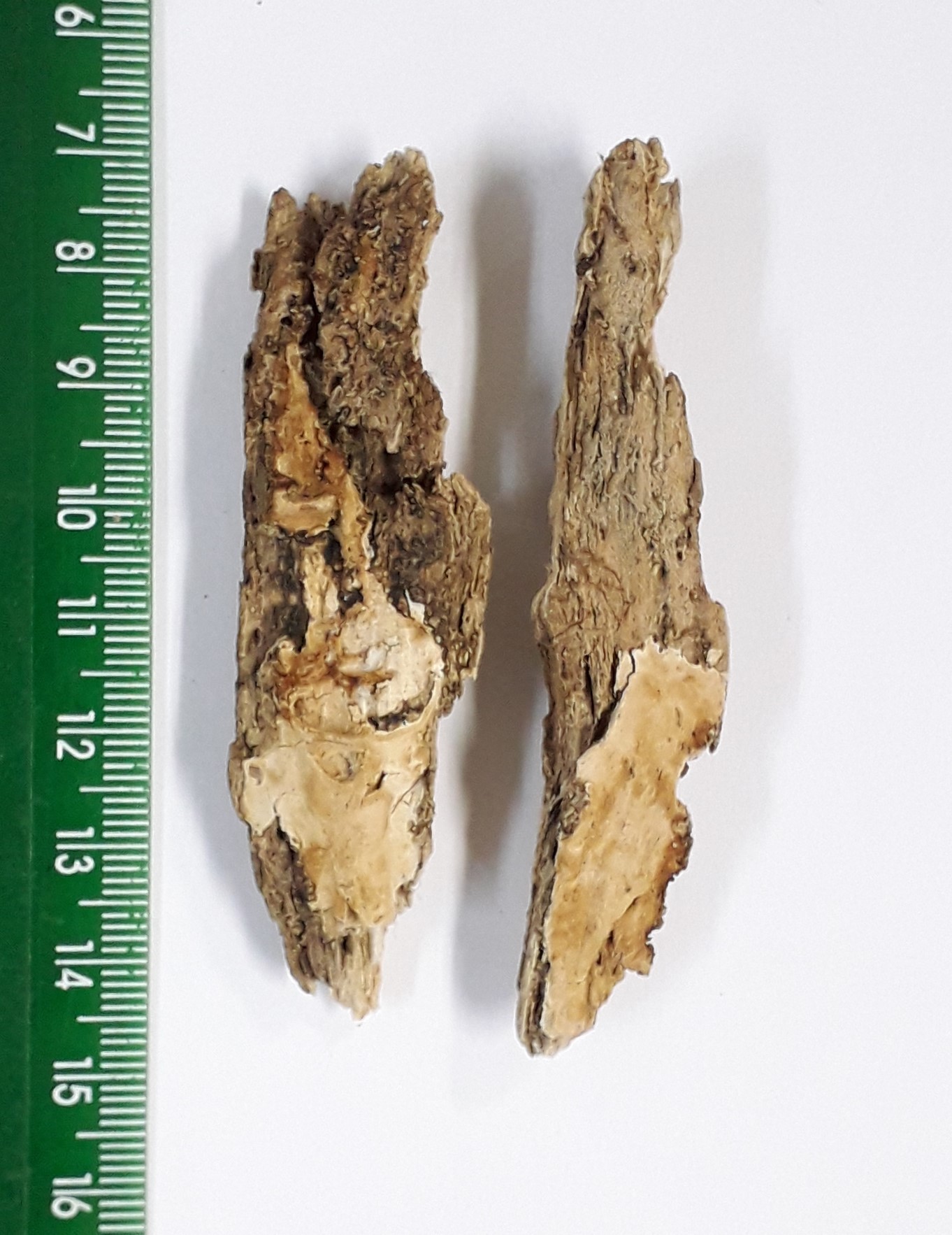- Proposed
- 2Under Assessment
- 3Preliminary Assessed
- 4Assessed
- 5Published
Sidera lowei (Rajchenb.) Miettinen
- Scientific name
- Sidera lowei
- Author
- (Rajchenb.) Miettinen
- Common names
- IUCN Specialist Group
 Mushroom, Bracket and Puffball
Mushroom, Bracket and Puffball- Kingdom
- Fungi
- Phylum
- Basidiomycota
- Class
- Agaricomycetes
- Order
- Hymenochaetales
- Family
- Rickenellaceae
- Assessment status
- Proposed
- Proposed by
- Virton Rodrigo Targino de Oliveira
- Comments etc.
- Virton Rodrigo Targino de Oliveira, Tatiana Gibertoni
Assessment Notes
Taxonomic notes
Sidera lowei is closely related to S. vesiculosa. Both of them have
white to cream resupinate basidiocarps, a monomitic hyphal system, rosette-like crystals born on specialized, narrow and branched generative hyphae, and small allantoid to lunate basidiospores, but S. lowei has rosette-like crystals only, and bigger basidiospores (3.5–5.0 × 1.0–1.2 μm); while Sidera vesiculosa has rosette-like and irregular rhomboidal crystals, and smaller basidiospores, 2.9–3.7 × 0.6–1.0 μm (Du et al. 2019).
Why suggested for a Global Red List Assessment?
Geographic range
The species in known in 4 countries and about half of the records are in New Zealand.
Population and Trends
There are about only 20 records of this species in GBIF, about eight of them in Brazil. It is a rare species.
Population Trend: Uncertain
Habitat and Ecology
In Brazil, the species is found in Atlantic Forest.
Threats
In Brazil, the species has been reported for areas of the Atlantic Forest, a hotspot.
Conservation Actions
Some records in Brazil are in unprotected areas.
Research needed
Other areas should be studied in order to assess the distribution of this species.
Use and Trade
None.
Bibliography
Country occurrence
Regional Population and Trends
| Country | Trend | Redlisted |
|---|
